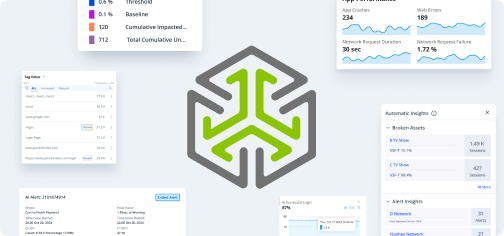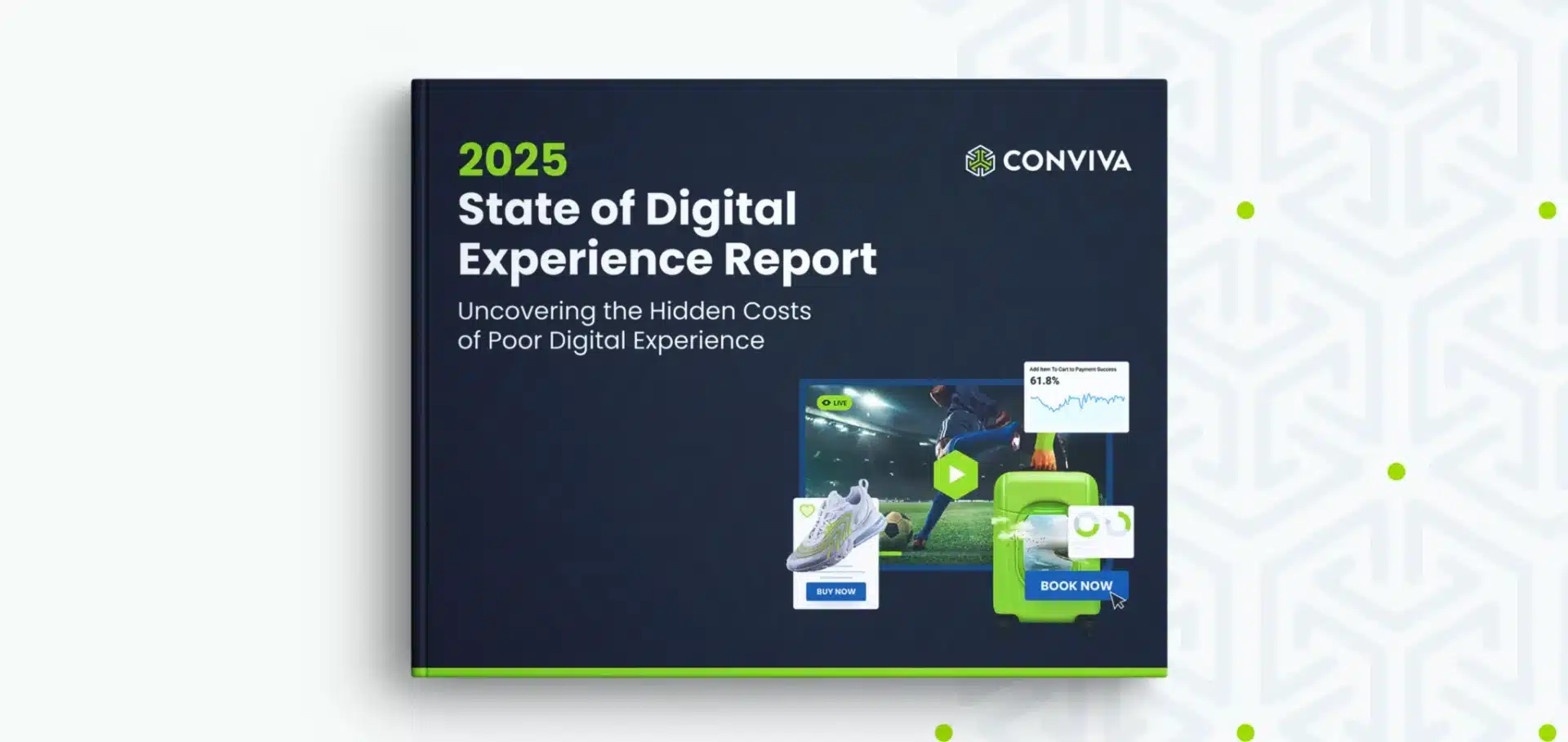In today’s hyperconnected world, a single slow-loading page or broken link can cost your business thousands of dollars and send customers straight to your competitors. New research from the Conviva 2025 State of Digital Experience Report reveals just how critical seamless digital experiences have become—and the devastating impact when businesses get it wrong.
The Shocking Reality: Nearly Everyone Faces Digital Frustration
The numbers are staggering: 91% of consumers encountered frustrating digital service issues in the past year. This isn’t just about minor inconveniences—these experiences are driving real business consequences that companies can no longer afford to ignore.
When digital experiences fail, consumers take immediate action:
- 55% abandon their purchases
- 50% switch to a competitor
- 39% cancel their subscriptions
The financial impact is immediate and measurable. Poor digital experiences don’t just frustrate customers—they drive them away permanently.
The Psychology of Digital Impatience
In 1971, Nobel laureate and economist Dr. Herb A. Simon observed that “a wealth of information creates a poverty of attention.” Today, that insight rings truer than ever. Surrounded by digital services and endless choices, we live in an attention economy. Consumers have little patience to spare, especially when it comes to digital friction.
Speed matters more than ever: One in four consumers will abandon an online purchase if they can’t complete their transaction within just 10 seconds. That leaves little time for consumers to navigate through a complex checkout process.
The exponential impact of quality: When poor experiences increase from just 1% to 2% of total time, consumers spend 42% less time on that platform. Conversely, those experiencing at least 99% positive interactions spend 6.5 times more time with the service.
Emotional consequences: The frustration goes beyond simple annoyance. Nearly two in five people (39%) report feeling genuinely angry when digital services fail, and more than 1 in 10 say they’ve felt physically sick after a particularly poor digital experience.
The Hidden Costs of Digital Friction
What’s particularly troubling for businesses is how these issues often fly under the radar. Keith Zubchevich, CEO of Conviva, explains: “It’s not just about finding and fixing outages. Businesses must address the ‘thousand little cuts’—repeated issues impacting distinct groups of customers that quietly drive them away.”
The most common digital irritants include:
- Broken webpages or links
- Unexpected crashes
- Login issues
These might seem like minor technical hiccups, but they’re creating a new “patience equation”: every 1% increase in poor engagements makes a customer 1% less likely to return within a week.
Perhaps most damaging of all, nearly half (49%) of consumers believe companies simply don’t care when customers have poor digital experiences. This perception problem compounds the technical issues, creating a trust deficit that’s even harder to repair than broken code. Brand damage is hard to quantify, but rage clicks are more common than most businesses realize.
The Flip Side: The Rewards of Excellence
The research isn’t all doom and gloom. Companies that prioritize digital experience quality see remarkable returns: 93% of consumers will return after receiving a great digital experience.
The research highlighted different perspectives across industries. In hospitality, 41% of consumers are willing to overlook negative reviews if a hotel delivers excellent digital booking experiences.
Investment in digital experience quality isn’t just about preventing losses—it’s about creating competitive advantages.
What This Means for Your Business
The implications are clear: In today’s attention economy, digital experience quality is no longer a nice-to-have feature. Companies that fail to deliver seamless experiences across all customer touchpoints risk:
- Immediate revenue losses from abandoned transactions
- Long-term customer churn
- Lasting damage to brand reputation
- Competitive disadvantage as customers migrate to better-performing alternatives
The solution requires more than just fixing obvious outages. Businesses need real-time performance analytics and automation to identify and resolve the subtle friction points that quietly drive customers away.
Looking Forward
As consumer expectations continue to rise and patience continues to shrink, the businesses that thrive will be those that treat digital experience quality as a strategic priority rather than a technical afterthought. The cost of poor digital experiences is only getting higher, but so are the rewards for getting it right.
Read the 2025 State of Digital Experience Report to learn how even small friction points drive lost revenue, customer churn, and brand damage. Then, join Conviva’s Will Penson and Intellyx analyst Jason Bloomberg as they reveal how high-performing teams are turning hidden performance insights into growth opportunities. Watch the 2025 State of Digital Experience Report webinar now.
The 2025 State of Digital Experience Report analyzed 223 million digital service user sessions globally and surveyed 4,000 consumers in the U.S. and UK. The research was conducted by Censuswide and commissioned by Conviva in February 2025.






